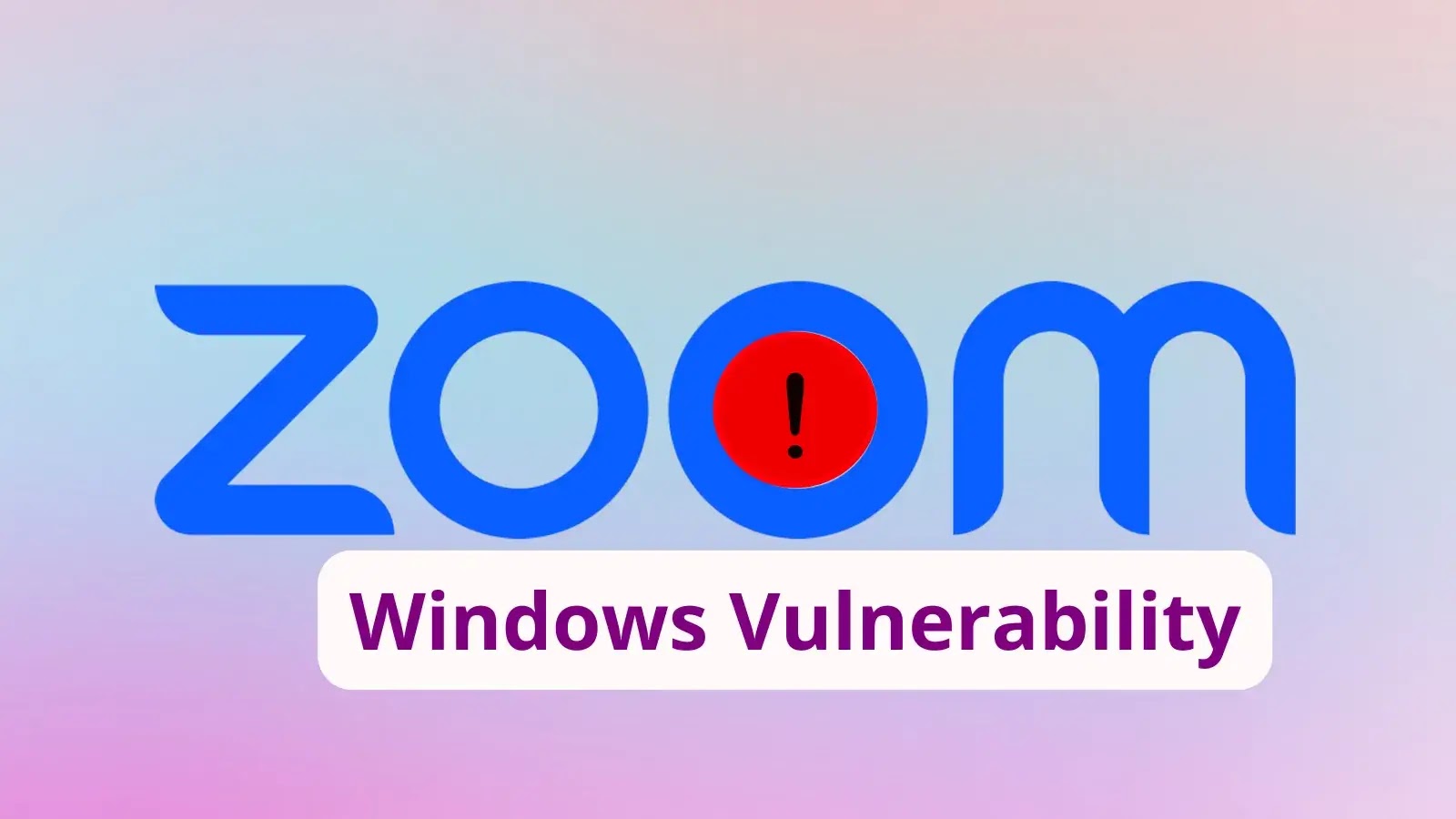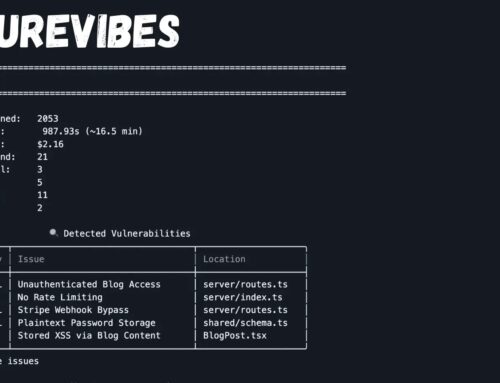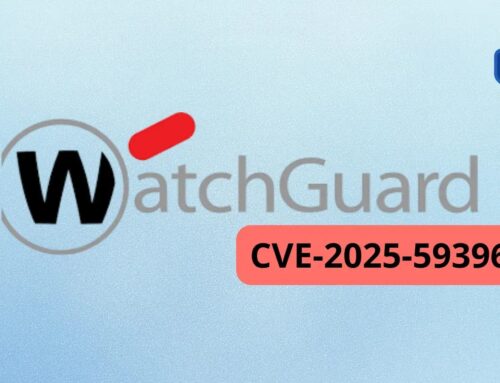
Zoom Workplace for Windows Vulnerability Allow Users to Escalate Privilege
Unmasking the Zoom Workplace Vulnerability: A Privilege Escalation Risk for Windows Users
The ubiquity of Zoom in today’s professional landscape makes any security flaw in its offerings a matter of significant concern. Recently, a critical vulnerability was uncovered in the **Zoom Workplace VDI Client for Windows** that exposes users to potential privilege escalation. This flaw, if exploited, could grant attackers elevated control over affected systems, underscoring the constant need for vigilance and timely patching in enterprise environments.
This post delves into the specifics of this vulnerability, offering a clear understanding of its implications and, crucially, outlining the steps necessary for remediation. For IT professionals, security analysts, and system administrators, grasping the nuances of such threats is paramount to maintaining a robust security posture.
Understanding CVE-2025-64740: The Core of the Threat
Identified as CVE-2025-64740, this Zoom Workplace vulnerability has been assigned a **high severity rating** with a CVSS score of 7.5, according to Zoom’s security bulletin ZSB-25042. This score places it firmly in a category that demands immediate attention due to the potential for significant impact.
The root cause of this flaw lies in the “improper verification of […]” (as outlined in the original source, though details beyond this are not publicly available in the provided snippet). While explicit technical details regarding the method of privilege escalation are awaiting further disclosure, the high CVSS score and the nature of privilege escalation attacks indicate that an unprivileged attacker could leverage this weakness to gain administrative or system-level access to a compromised machine. Such access could lead to data exfiltration, system disruption, or further malicious activity within the network.
Affected Systems and Potential Impact
The vulnerability specifically targets the **Zoom Workplace VDI Client for Windows**. Users operating in Virtual Desktop Infrastructure (VDI) environments are particularly at risk if their Zoom Workplace VDI client installations are not up to date. The implications of a successful privilege escalation attack extend beyond the immediate compromise of a single user’s session:
- Data Breach: Elevated privileges could allow an attacker to access sensitive company data stored on the system or network.
- Malware Deployment: An attacker could install persistent malware, ransomware, or other malicious software with system-level permissions.
- Lateral Movement: With administrative access, an attacker can more easily move laterally across the network, compromising other systems and resources.
- System Disruption: Malicious actors could tamper with system configurations, leading to service outages or instability.
Remediation Actions: Securing Your Zoom Workplace Environment
Given the high severity of CVE-2025-64740, immediate action is crucial. Organizations and individual users running the Zoom Workplace VDI Client for Windows must prioritize patching their systems.
The primary remediation step is to update the Zoom Workplace VDI Client to the latest secure version. Zoom typically provides detailed instructions and release notes when issuing security advisories. System administrators should:
- Monitor Zoom Security Bulletins: Regularly check Zoom’s official security bulletins (e.g., ZSB-25042) for updates and specific patch versions.
- Implement Patch Management: Ensure a robust patch management process is in place to swiftly deploy updates across all VDI client installations.
- Verify Installation: After applying updates, verify that the new, secure version of the Zoom Workplace VDI Client is successfully installed across all endpoints.
- Run Regular Scans: Utilize endpoint detection and response (EDR) solutions and vulnerability scanners to identify potentially outdated or compromised systems.
Tools for Detection and Mitigation
While direct patching is the most effective mitigation, a layered security approach involves using various tools for detection and ongoing vigilance.
| Tool Name | Purpose | Link |
|---|---|---|
| Zoom Official Website | Official Security Bulletins, VDI Client Downloads | https://support.zoom.us/hc/en-us/articles/201362683-Zoom-release-notes |
| Vulnerability Scanners (e.g., Tenable, Qualys) | Identify outdated software versions and potential vulnerabilities | https://www.tenable.com/products/tenable-io (example) |
| Endpoint Detection and Response (EDR) Solutions | Detect and respond to suspicious activity and potential exploitation attempts | https://www.crowdstrike.com/products/endpoint-security/falcon-insight-edr/ (example) |
| Patch Management Systems | Automate and streamline the deployment of software updates | https://www.microsoft.com/en-us/microsoft-365/windows/microsoft-intune (example) |
Maintaining Security in VDI Environments
VDI environments present unique challenges and requirements for security. Beyond patching specific vulnerabilities like CVE-2025-64740, organizations should adhere to best practices for VDI security:
- Golden Image Management: Regularly update and patch golden images to ensure new virtual desktops are deployed with the latest security fixes.
- Network Segmentation: Implement strict network segmentation to limit the lateral movement of threats in case of a compromise.
- Least Privilege Principle: Enforce the principle of least privilege for all users and applications within the VDI environment.
- Regular Audits: Conduct regular security audits and penetration testing of VDI infrastructure.
The Ongoing Imperative of Proactive Security
The discovery of CVE-2025-64740 in the Zoom Workplace VDI Client for Windows serves as a reminder that even widely trusted applications can harbor critical vulnerabilities. The potential for privilege escalation underscores the severe consequences of unpatched software and highlights the continuous need for proactive security measures.
By understanding the nature of this threat, acting swiftly to apply remediation, and maintaining a robust security posture across all endpoints, organizations can significantly reduce their exposure to such risks. Staying informed through official security advisories and implementing comprehensive patch management practices are non-negotiable in safeguarding critical systems and data.





